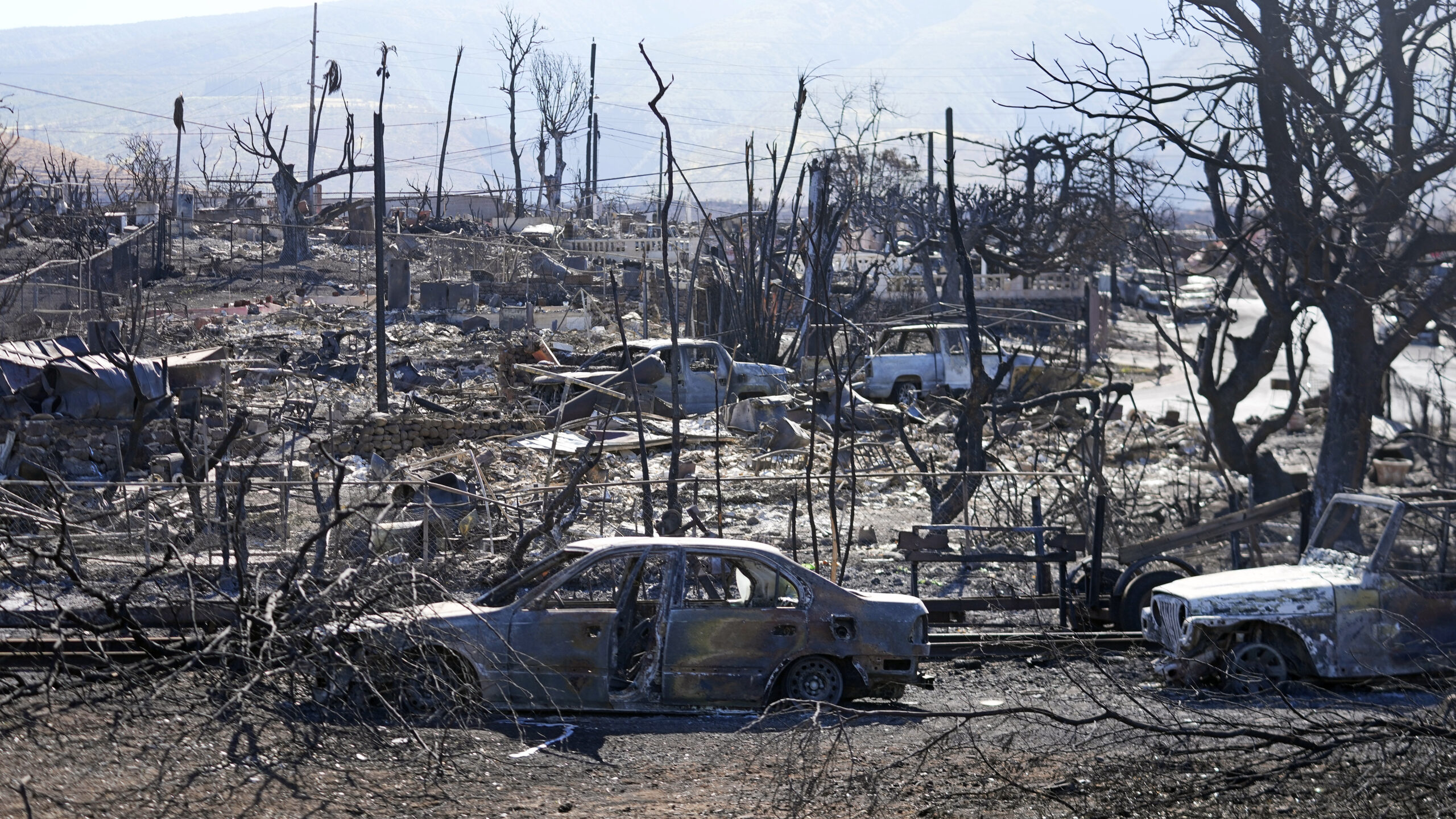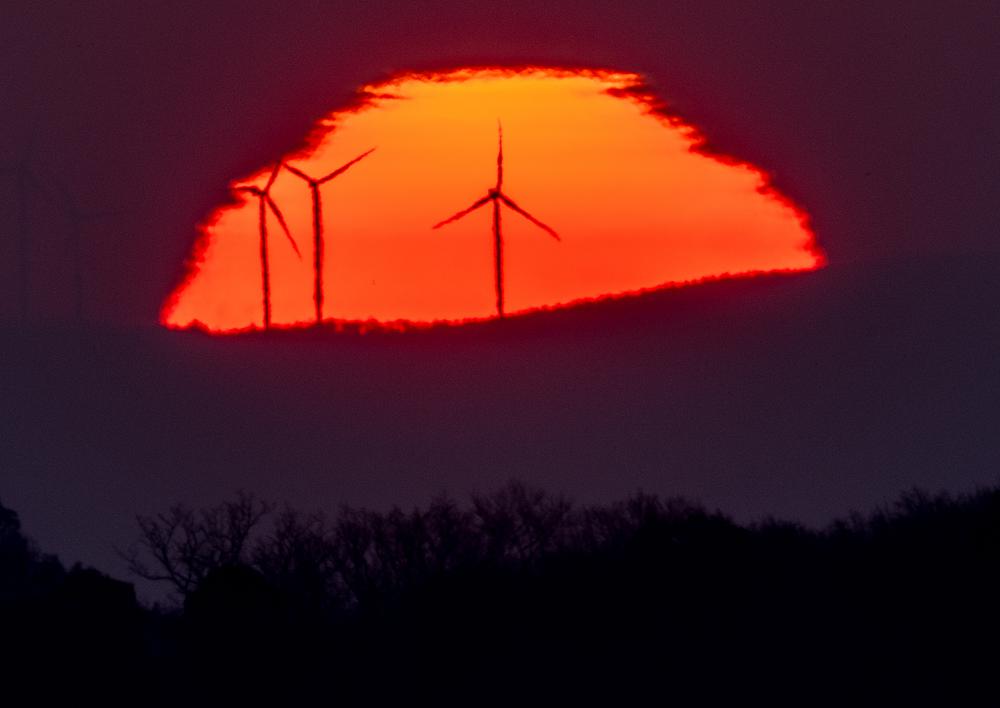From the 1960s through the 1980s, my Aunt Shirley was a third grade teacher in Lancaster County, Pennsylvania. After she retired, she gave me a copy of one of the science text books that she had used. In the section about water on Earth, there was a sentence that said “all of the water on the Earth has been here since it was formed.” My response to reading this sentence was a derisive chortle.
As any reader of Common Science or anyone who has taken a chemistry class will know, the products of combustion are water and carbon dioxide. Therefore, I could print this column out on a piece of paper, burn it to make new water molecules and thus disprove the statement in the old science book. How, I thought, could they have been teaching such incorrect information in my beloved home state? Upon reflection, my reaction to the book was a bit unjust. While my criticism was correct – I can make new water with a match and a piece of paper – as I will explain, the text book did get part of the story right.
There is a staggering amount of water on the Earth, 300 million cubic miles of it which cover 75% of the surface of our planet. With all of this water sloshing around, it is not surprising that people have been curious to know where it came from. It turns out that this question has sparked a fair bit of controversy over the years.
The story of water on Earth has its origins in the seconds after the Big Bang. During the first millisecond, all of the energy and matter in the universe coexisted in a sort of primordial plasma. As things cooled, matter began to take shape. Quarks formed which coalesced into protons, neutrons, and electrons, which then formed atoms. The first atoms formed were the smallest ones: hydrogen, helium, and a little bit of lithium.
Once hydrogen was formed, the universe was well on its way to being able to make water, but needed to wait for a while until oxygen would be available. Approximately one billion years after the Big Bang, the universe had cooled sufficiently to allow stars to form. Then fusion reactions within stars formed all of the larger atoms in the universe, such as carbon, nitrogen, lead, iron and, notably for this column, oxygen. Hydrogen and oxygen react easily to form water. Therefore, as soon as both were available, the universe became a much wetter place.
As even more time passed and the universe continued to cool, planets began to form, including the Earth, approximately 4.5 billion years ago. Among the molecules which coalesced to form the Earth there would have been a lot of water. That part of the story is undisputed. The controversy stems from the fact that, since the surface temperature of the Earth would have been approximately 230ºC at that time, many scientists have claimed that any water present would have boiled off and floated away into space.
If all the water present during the formation of the Earth had all wafted away, then, as the theory went, it must have been transported here afterwards. For decades, many scientists have suggested that water could have been brought to the Earth by a series of comet impacts, since comets contain a lot of frozen water. This theory has pretty much fallen by the wayside in recent months.
To understand why, first we need to talk about isotopes and atomic mass. Recall that an atom consists of a nucleus, which contains protons and almost always neutrons, surrounded by electrons. A particular type of atom contains the same number of protons and electrons. For example, all carbon atoms have six protons and six electrons. Most carbon atoms have six neutrons along with the six protons in their nuclei. The atomic mass of an atom is the sum of the number of protons plus the number of neutrons. Therefore, most carbon atoms have an atomic mass of 12. Some carbon atoms have eight rather than six neutrons, giving them an atomic mass of 14. Different types of the same atom with different numbers of neutrons are called isotopes and referred to by their atomic mass. For example, one could say, “the two most common isotopes of carbon are carbon-12 and carbon-14.”
Just like carbon, hydrogen also has isotopes. The nucleus of most hydrogen atoms consists of a single proton and thus has an atomic mass of 1. However, some hydrogen atoms contain one or two neutrons as well. Those with one neutron are called deuterium and those with two neutrons are called tritium.
In November of 2014, the European Space Agency landed a probe on a comet known as 67P. Among other interesting observations, the probe measured the ratio of the different hydrogen isotopes in the water which formed the ice crystals on 67P. The measurements showed that water which exists on comets contains a lot more deuterium and tritium isotopes than water on Earth. Given that the process for the formation of comets is consistent, we can safely assume that water on 67P is similar to the water on all comets. This result rules out comets as the water source for the Earth.
So if the newly formed Earth was really hot, 230°C, and comets didn’t bring water to the Earth, where did the oceans come from?
The answer comes from the fact that the boiling point of water is not constant but rather is dependent on pressure. For example, given the current conditions on Earth, water boils at 100°C at sea level. At higher elevations, such as Denver where atmospheric pressure is lower, water boils at 95°C. During the Earth’s early history, conditions, and thus atmospheric pressures, were much different.
While some disagreement remains, it appears likely that early in its existence, the Earth was struck by a large planetary body. The impact, often called the Big Splash, created the Moon and also contained enough energy to melt much of the Earth to create an atmosphere comprised primarily of carbon dioxide and melted rock vapor. The atmospheric pressure under these conditions was much, much higher than it is today, and thus prevented water from escaping even with the surface temperature of 230°C.
So while it may be that during the period of time between the formation of the Earth and the Big Splash that water was escaping the Earth’s atmosphere, afterwards it stayed put, cooled further and formed our oceans. This chain of events is not so very different from the description in Aunt Shirley’s science book. So let me officially apologize for my derisive chortle.
Have a comment or question? Use the interface below or send me an email to commonscience@chapelboro.com. Think that this column includes important points that others should consider? Share this column on Facebook or Twitter. Want more Common Science? Follow me on Twitter on @Commonscience.







Comments on Chapelboro are moderated according to our Community Guidelines